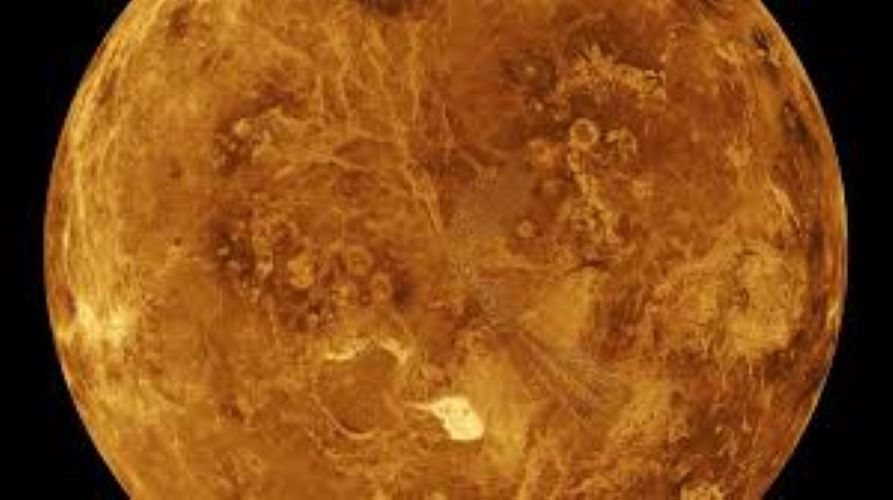New Study Reveals Venus Lacked Oceans

A recent study published in the journal Nature Astronomy has brought new insights into the history of Venus. The research, led by Tereza Constantinou, a doctoral researcher at the University of Cambridge’s Institute of Astronomy, suggests that Venus likely never had oceans or conditions suitable for life. By analyzing the planet’s atmospheric composition, the study infers that Venus’s interior is significantly dry. This finding challenges previous theories that proposed Venus may have once harbored liquid water. The implications of this research are profound, as they reshape our understanding of Venus’s geological and atmospheric history.
Key Indicators of a Dry Interior
The study focused on Venus’s atmospheric chemistry to draw conclusions about its interior water content. On Earth, volcanic activity releases gases that are primarily water vapor, indicating a water-rich mantle. In contrast, volcanic eruptions on Venus emit gases containing no more than 6 percent water vapor. This stark difference suggests that Venus’s interior is dry and that its surface conditions were never conducive to sustaining liquid water.
In a statement to Reuters, Constantinou explained that the low levels of water vapor released during volcanic eruptions on Venus imply that the planet’s interior—the source of these eruptions—is equally dry. This finding is significant because it challenges the long-held belief that Venus might have had oceans or a more hospitable environment in its past. The study’s results indicate that the planet has remained parched throughout its history, reinforcing the idea that Venus is fundamentally different from Earth in terms of its geological evolution.
Diverging Evolution of Sister Planets
Venus and Earth share many physical similarities, such as size and composition. However, their evolutionary paths have diverged dramatically. Venus is known for its extreme surface temperatures, which can reach approximately 465 degrees Celsius. The atmospheric pressure on Venus is about 90 times greater than that of Earth, and its atmosphere is filled with toxic clouds of sulfuric acid. These harsh conditions make it difficult to study Venus’s history of habitability.
Constantinou emphasized the challenges posed by these extreme conditions. The differences between the two planets highlight the unique evolutionary processes that have shaped them. While Earth developed a diverse range of ecosystems, Venus appears to have remained inhospitable. This divergence raises important questions about the factors that influence planetary habitability and the potential for life beyond Earth.
Future Exploration Plans
Looking ahead, several upcoming missions aim to deepen our understanding of Venus. NASA’s DAVINCI mission, scheduled for the 2030s, will deploy a descent probe to analyze the planet’s atmosphere and surface. This mission aims to gather crucial data that could shed light on Venus’s geological history and atmospheric composition.
Additionally, the European Space Agency’s EnVision mission will utilize radar mapping to explore Venus’s surface and atmospheric characteristics. These missions are expected to provide valuable insights into the planet’s inhospitable history, further distinguishing it from Mars. Recent studies suggest that Mars had ancient oceans and may still harbor subsurface water reservoirs, making it a more promising candidate for past life.
Observer Voice is the one stop site for National, International news, Sports, Editor’s Choice, Art/culture contents, Quotes and much more. We also cover historical contents. Historical contents includes World History, Indian History, and what happened today. The website also covers Entertainment across the India and World.

